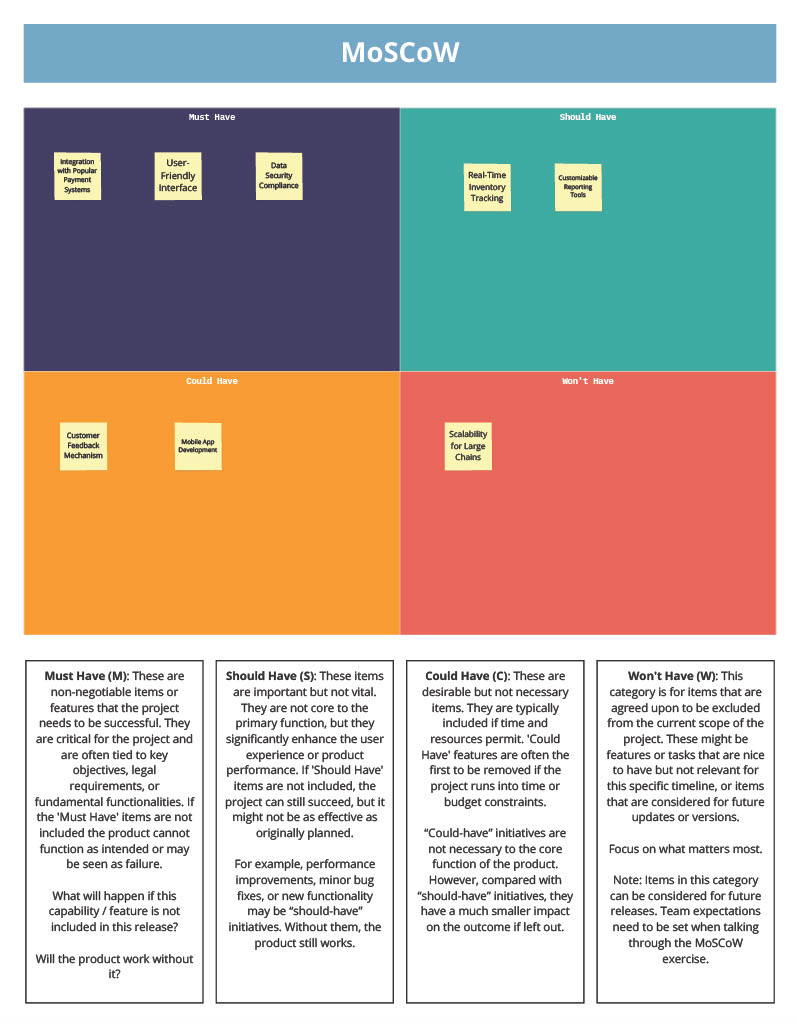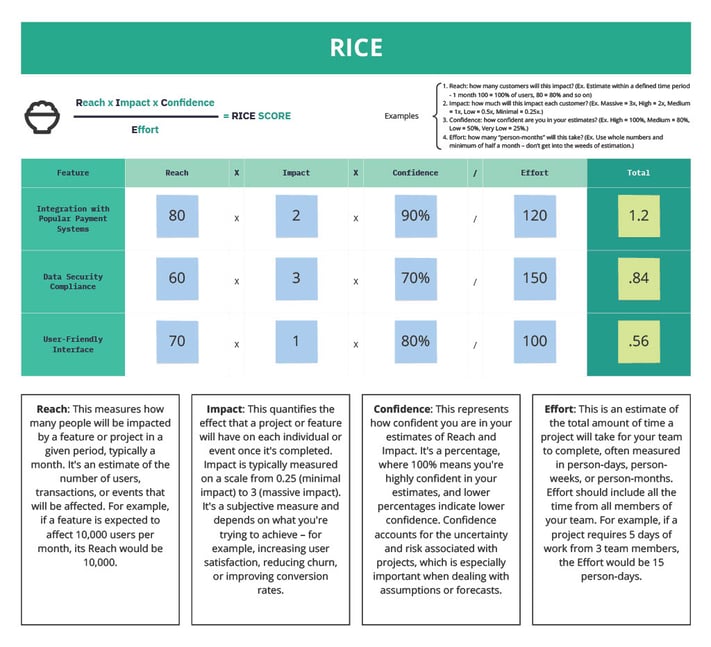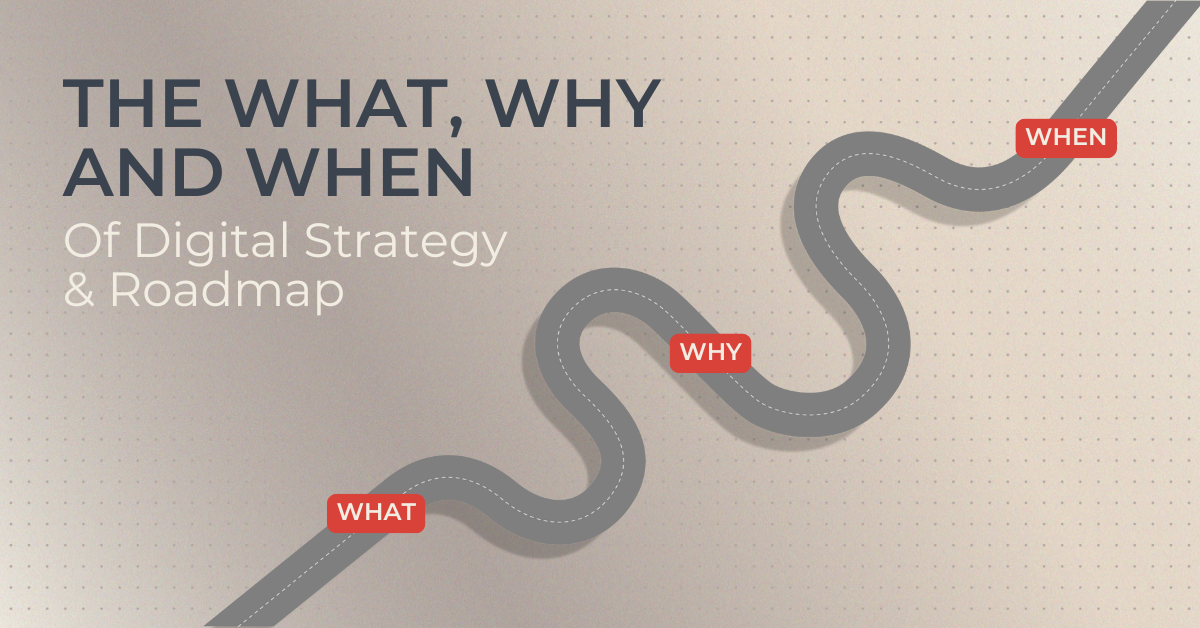
Matt Pacyga
Matt is a digital product executive with over fifteen years of experience spanning startup and corporate roles. He has deep mobile, web, and omnichannel product strategy expertise and experience driving digital transformation initiatives. As a seasoned innovator, Matt has a patent for new media technology and serves as a startup advisor and mentor with Techstars. Matt has effectively led high-performing teams and delivered complex, high-impact products and services in his product leadership roles with brands like Best Buy, Optum Health, Dairy Queen, Potbelly, and Jamba Juice, to name a few. He excels at bridging the gap between business, technology, and product to ensure customer expectations are met and business goals achieved. With his adaptable, collaborative leadership style, Matt mentors food tech startups and continues to learn from the technology community, driving innovative product strategies in the future. His diverse experience and mastery in connecting omnichannel experiences make him a strong fit for leading product innovation and strategy.
In the dynamic landscape of digital product development, the art of prioritization is a key skill to navigating a complex maze. In this intricate network, the MoSCoW and RICE methods emerge as beacons, guiding Digital Product and Strategy Leaders through the decision-making fog.
This narrative is about transforming the abstract into the actionable.
The Art of Prioritization in the Digital World
In an era where digital product and strategy leaders are inundated with innovative ideas and market demands, the significance of prioritization cannot be overstated. It's not just about what to do; it's about doing the right things at the right time.
This is where techniques like MoSCoW and RICE come into play. Unlike the common, oversimplified lists dotting the vast expanse of the internet, these methods provide a specific approach to decision-making.
Learn more about our Digital Product Solutions.
MoSCoW Method: Mastering the Art of Flexibility
Imagine you're at a buffet - everything looks enticing, but you can't possibly have it all. This is where the MoSCoW method shines.
It stands for Must have, Should have, Could have, and Won't have, and helps teams categorize tasks based on their urgency and impact. By focusing on 'Must haves', digital leaders ensure that crucial elements are not lost in the sea of possibilities.
This method is crucial in a world where, according to a Wellington report, only 43% of companies reported that they “most of the time” or “always” complete their projects within the established budget. By focusing on 'Must haves', leaders ensure that critical components aren't sidelined.

How is a MoSCoW analysis conducted?
There are multiple ways to work with MoSCoW. However, we recommend the following steps to conduct a MoSCoW analysis effectively,
- List All Requirements and Tasks: Begin by listing all the potential tasks, features, and requirements of your project. This comprehensive list should include everything, from critical functionalities to nice-to-have features.
- Categorize Each Item: Assign each task or feature to one of the four categories:
- Must have: These are non-negotiables for the project. Without these, the project would be considered a failure.
- Should have: Important but not vital features, which can be included if time and resources permit.
- Could have: Desirable but not necessary features, which can significantly improve customer satisfaction but can be omitted if necessary.
- Won’t have (this time): Features or tasks that are least critical, least impact on project success, or can be postponed.
- Engage Stakeholders: Collaboration with stakeholders is vital. Discuss and negotiate the categorization with all key stakeholders to ensure alignment and manage expectations.
- Review and Refine: As projects evolve, so too should the MoSCoW prioritization. Regularly review the categories, especially in response to changing project scopes or external factors.
- Implement and Monitor: After setting the priorities, focus on the execution of 'Must haves' to ensure project success, followed by 'Should haves' and 'Could haves' as resources allow. Continuously monitor progress and adjust priorities if needed.
- Document and Communicate: Keep a record of the decisions made and the reasons behind them. Clear documentation and communication with the team and stakeholders are essential for transparency and accountability.
By following this structured approach, digital leaders can ensure that critical components aren't sidelined in the development process. This method's flexibility is particularly useful in managing the common issue of changing project scopes, as reported by over 50% of project managers in a survey by the Digital Project Managers Network.
[Watch Webinar] – Create Digital Products That People Care About.
RICE Method: The Quantitative Balance
RICE, which stands for Reach, Impact, Confidence, and Effort, introduces a quantitative approach to decision-making. It's like a compass guiding you through a forest of opportunities. However, the magic of RICE lies not in the numbers alone but in the discussions it sparks - aligning teams on what truly matters. By assigning scores to each element, you, as a digital leader, can objectively assess which initiatives will have the greatest impact.
In a McKinsey survey, high-performing organizations were found to be 3.5 times more likely to use analytic techniques in their decision-making processes. RICE quantifies the potential value of projects, aligning them with business objectives.

Conducting a RICE Analysis
To effectively execute a RICE analysis, follow these steps:
- Define Each Component:
A. Reach: Estimate how many people or transactions will be impacted by the initiative in a given time frame.
B. Impact: Assess the potential effect on the project or business. This is usually measured on a scale (like 0.25 for minimal impact to 3 for massive impact).
C. Confidence: Assign a percentage to reflect your confidence in your Reach and Impact estimates. A typical scale runs from 50% (low confidence) to 100% (high confidence).
D. Effort: Estimate the amount of work required to complete the initiative, often measured in person-months or other time units. - Calculate the RICE Score: Multiply Reach by Impact and Confidence, then divide by Effort. The formula looks like this:

- Prioritize Based on Scores: Initiatives with higher RICE scores should be prioritized as they are likely to yield the greatest impact per unit of effort.
- Involve the Team in Discussions: While RICE provides a numerical framework, it's essential to discuss these scores with your team. These discussions ensure that everyone understands the reasoning behind the priorities and can provide insights or highlight potential oversights.
- Review Regularly: Priorities can change as projects evolve. Regularly revisit and update your RICE scores to reflect any new information or changes in the business environment.
- Document and Communicate: Maintain clear records of your calculations and decisions. Communicating these effectively with your team and stakeholders ensures transparency and alignment.
You can use data-driven insights for prioritizing your projects by using RICE, a practice of immense value in the evolving digital landscape. The structured framework of the RICE method becomes very important as it not only sharpens your project management precision but also aligns your team around decisions backed by data, fostering a culture of informed and strategic planning.
Prioritization in Action - See these examples:
Exploring Alternative Prioritization Methods for Digital Product and Strategy Leaders
Let’s review a few other prioritization methods that might be effective in this dynamic world of digital product development. While MoSCoW and RICE are powerful methodologies, it's crucial to acknowledge that there's no one-size-fits-all solution. Different projects and teams may benefit from various other techniques. Let's explore some alternative prioritization methods that could greatly benefit Digital Product Leaders and Digital Strategy Leaders.
- Kano Model: Focuses on customer satisfaction, categorizing features based on customer delight factors. This method helps in identifying features that not only meet basic needs but also create exceptional user experiences.
- Weighted Scoring: A flexible approach where various criteria are assigned weights, and features or projects are evaluated against these criteria. It’s ideal for balancing diverse business goals, such as strategic alignment, resource availability, and potential ROI.
- Cost of Delay: Prioritizes tasks based on the economic impact of delaying their implementation. This approach is crucial for understanding the financial implications of timing, helping leaders make informed decisions about project urgency.
- Eisenhower Matrix: Separates tasks into four categories based on urgency and importance. This simple yet effective tool is great for daily decision-making, helping leaders focus on critical tasks while delegating or deferring less urgent matters.
- Opportunity Scoring: Assesses potential market opportunities for each feature or project, considering factors like market demand and competitive advantage. It guides decision-makers in aligning project initiatives with market trends and customer needs.
Each of these methods offers a unique lens through which Digital Product Leaders and Digital Strategy Leaders can view their projects and make informed decisions. The choice of method depends on various factors, including the nature of the project, organizational goals, and market dynamics. By exploring and adopting the most suitable prioritization techniques, leaders can navigate the complex digital landscape more effectively, ensuring that their teams focus on the initiatives that will deliver the most value.
As we continue to innovate and adapt in the ever-evolving world of digital product development, we encourage leaders to not only embrace these methodologies but also to continually seek out and experiment with new ones. After all, the key to successful digital product management lies in the ability to evolve and respond to changing market needs and organizational goals.
Online Business Systems: Your Digital Guide
At Online Business Systems, particularly within our Digital Studio, we don't just use these methods; we breathe life into them. Our approach is collaborative and cross-functional, blending user desirability, business viability, and technical feasibility. We don't just create digital products; we craft experiences that resonate with users and drive business value.
Conclusion: A Question to Ponder
As we wrap up this view into digital product prioritization, it's clear that methods like MoSCoW and RICE are more than mere tools; they are catalysts for strategic thinking and alignment. And as Online Business Systems' Digital Studio team continues to champion these methods, helping organizations navigate the ever-evolving digital landscape, one question remains:
Are you ready to turn the page and begin your own story of successful digital product development?
Connect with us - Reach out today and take the first step towards transforming your digital product vision into reality.
References:
Digital Project Managers Network. (Year of publication). Survey Report. Retrieved from https://thedigitalprojectmanager.com
Project Management Institute (PMI). (2020). Pulse of the Profession. Retrieved from https://www.pmi.org/learning/thought-leadership/pulse
McKinsey & Company. (2018). Survey on Analytic Techniques in Decision Making. Retrieved from https://www.mckinsey.com/capabilities/quantumblack/our-insights/breaking-away-the-secrets-to-scaling-analytics
Wellingtone. (2020). The State of Project Management Report 2020. Wellingtone. https://wellingtone.co.uk/wp-content/uploads/2020/06/The-State-of-Project-Management-Report-2020-Wellingtone.pdf
PwC (PricewaterhouseCoopers). (Year of publication). Global Project Management Report. Retrieved from https://www.pwc.com




Submit a Comment